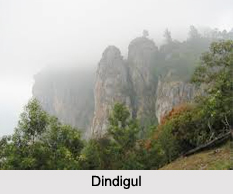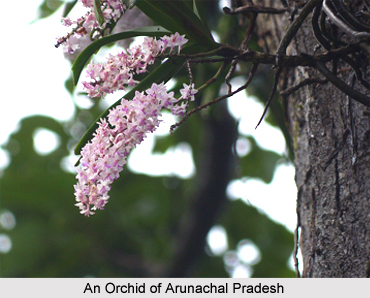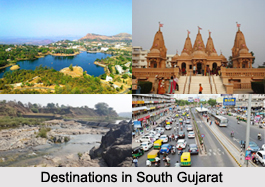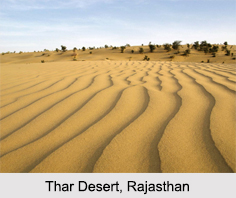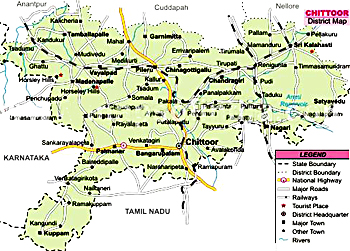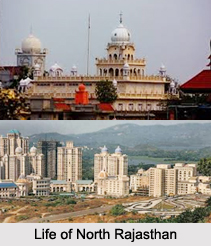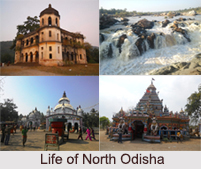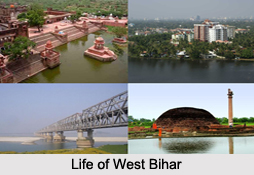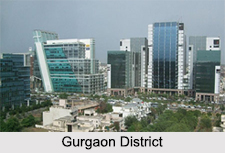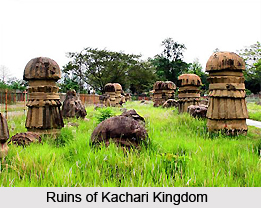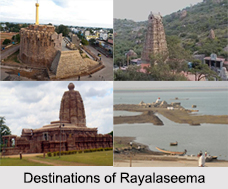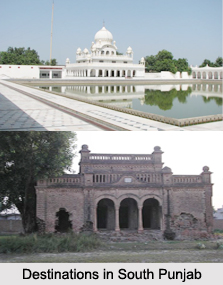Hindu revivalism in Tamil Nadu was constructed as an ideology between the 1870s and the 1920s largely to express the traditional world-view of the upper castes. It depended on an invention of tradition that in turn depended on strategies of stigmatization and emulation. It involved processes of cultural reorganization launched in reaction to external threats, real and/or imagined, in the form of proselytization by Christian missionaries, the impact of British rule, and the militancy of the Muslim minority.
In Tamil Nadu, Hindu revivalist organizations encountered the Dravidian movement, which represented the opposite end of the ideological spectrum. If Islam was anathema to the Hindu revivalists, to the Dravidian movement it was an integral ingredient in the making of the egalitarian nation that they projected. The Dravidian movement perceived the very notion of a Hindu community as a pretext for Brahmin hegemony and sought to expose and build on its divisions. Hindu revivalist movements meanwhile sought to bring all castes together within a consolidated single social order. Hindu revivalists were busy in shuddhi and sangathan movements for the reconversion of Hindus `lost` to other religions, while the Dravidian movement encouraged Dalits to leave Hinduism altogether in favour of Islam and Buddhism.
Given that the objectives of Hindu revivalists were diametrically opposed to those of the Dravidian movement, and given that the latter was socially and politically more powerful in Tamil Nadu, Hindu revivalism could not make much headway in the region. However, it should not be supposed that Hindu revivalist organization in Tamil Nadu were insignificant. They were able to muster some support from among those who were opposed to the Dravidian movement, especially among the dominant castes, such as the Brahmin and the Thevars. They also had the effect of increasing among Tamil Muslims the feeling of being threatened as a minority. This meant that Hindu revivalist movements deflected the concerns and consciousness of Tamil Muslims towards pan-Indian issues, which, in turn, affected the harmonious character of inter religious relations in Tamil Nadu. Tamil Muslims` engagement with the Arya Samaj proves the diverse and fluid nature of their self-respect.







